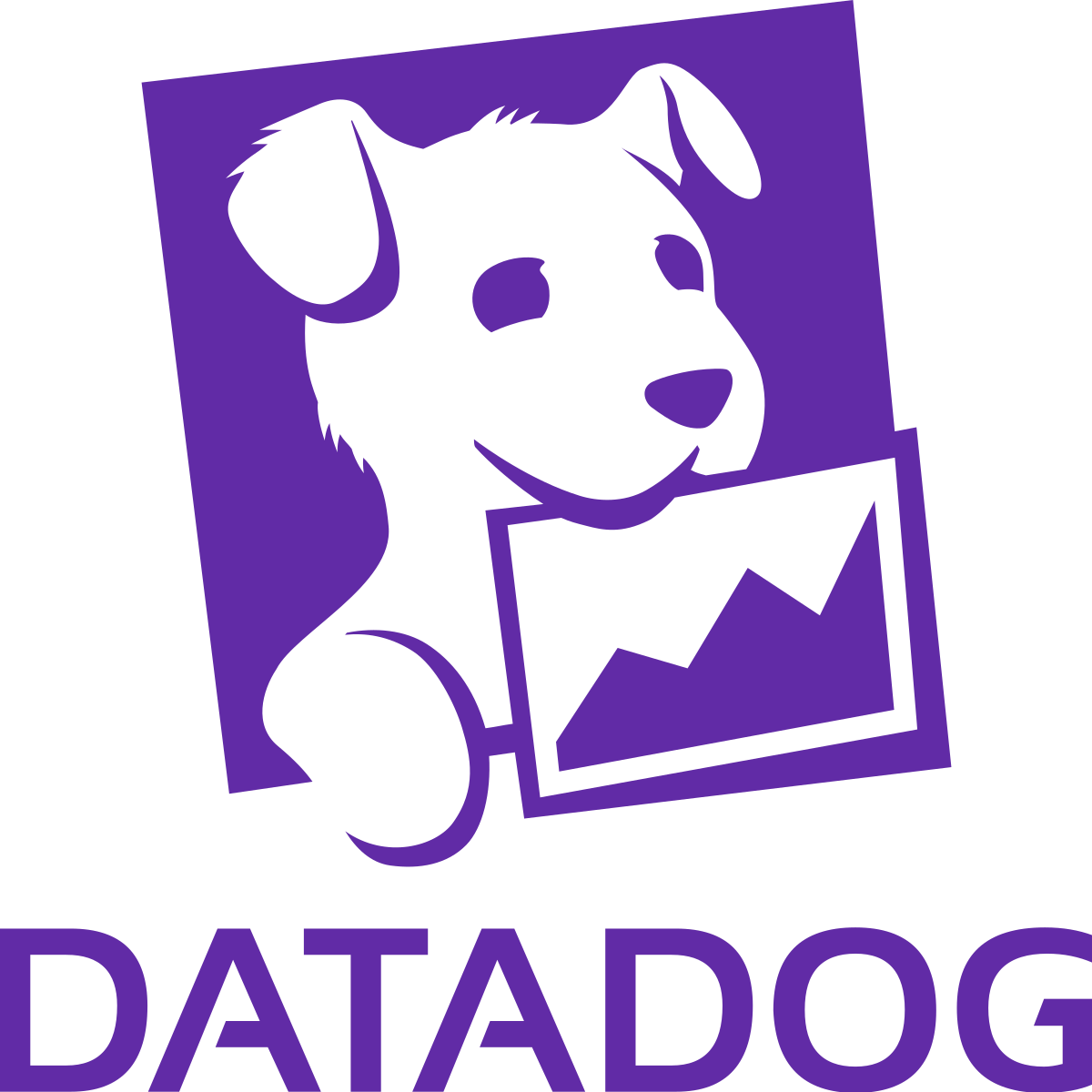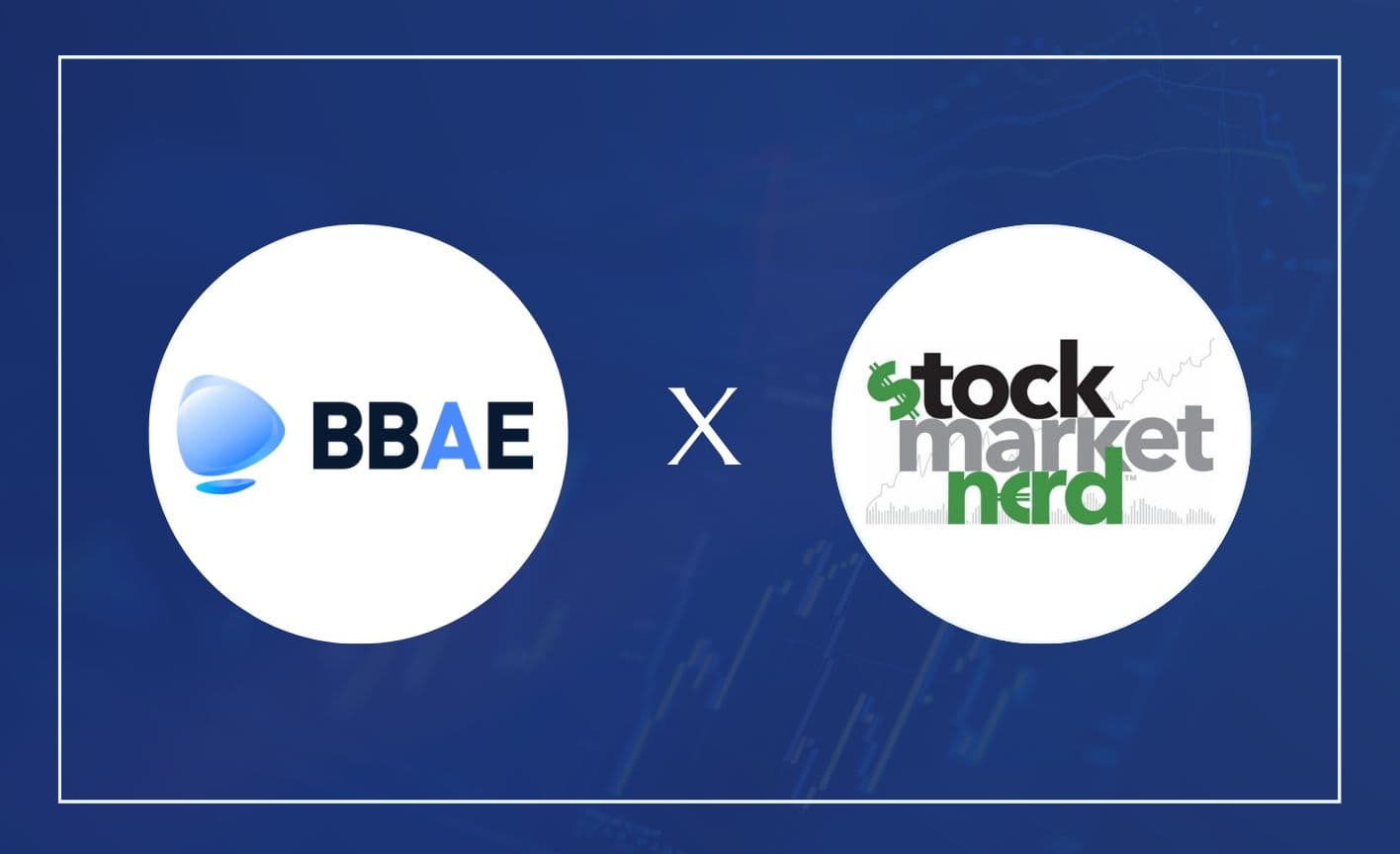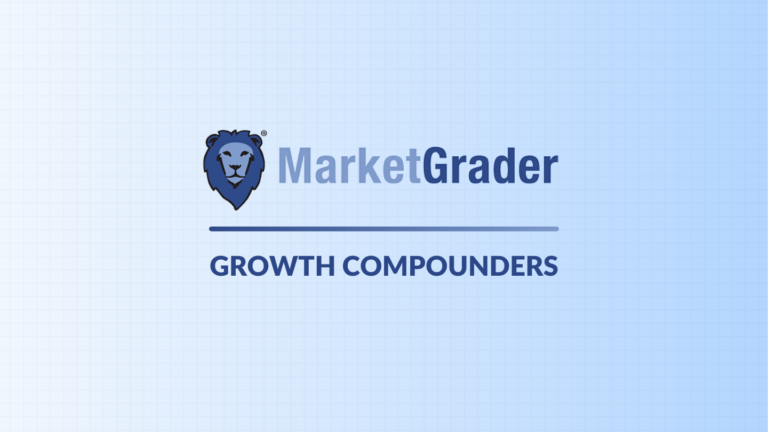Datadog (DDOG) – The StockMarketNerd’s Q3 2023 Earnings Review

For those of you who follow this closely, last quarter was ugly. Macro headwinds were blamed while others cited improvement with those headwinds. Some were understandably concerned. Fast forward to this quarter, and things are looking so, so much better. Great results. Let’s dig in.
Demand
Datadog beat revenue estimates by 4.4% & beat its revenue guidance by 4.7%. Its 52.4% 3-year revenue CAGR compares to 53.8% last quarter and 54.2% 2 quarters ago.

ARR – Annual Recurring Revenue

Profitability
- Beat EBIT estimates by 30.2% & beat EBIT guidance by 30.8%.
- Beat $0.34 EPS estimates & its same guidance by $0.11 each.
- Beat FCF estimates by 67%.


Fourth Quarter Guidance
- Beat revenue estimates by 4.0%.
- Beat EBIT estimates by 27.2%.
- Beat $0.34 EPS estimates by $0.09.
Balance Sheet
- $2.3 billion in cash & equivalents.
- $740 million in senior convertible notes due in 2025.
- No debt.
- Share count rose by 3.0% Y/Y.
Call & Release Highlights
Demand & Macro
Datadog enjoyed “robust” new logo bookings. Product usage growth for Q3 rebounded vs. Q2 and resembled more normal levels of demand. Q2 is looking like it was an anomaly. The team is seeing clear signs that cloud optimization is moderating. The headwind is not gone, but its “breadth and intensity are moderating.”
As seen in the firm’s 6+ product adoption trend, Datadog is transforming into a platform play within DevSecOps (Development, Security and Operations infrastructure). Its ability to consolidate and replace point solutions on its platform is both a cost saver and value builder. That’s how companies like ServiceNow outperformed this quarter and is how Datadog did too. Point solutions are not working in this cost-obsessed world we live in. This platform approach is working. It signed 4 deals in the 7-figure range during the quarter. All 4 replaced multiple point solutions (12 were replaced in one deal) and enjoyed better customer service, infrastructure maintenance, innovation and cost.
That’s the formula here as Datadog enjoyed another record quarter for $100,000+ customer adds. Trust the process? No. Trust the platform.
“The use of our cloud cost management product plays a large role in delivering cost performance and efficiency improvements.” – Datadog CEO and Co-Founder Oliver Pomel
The 3 Pillars of Observability
Datadog is a new name in the coverage network for me. I wanted to spell out the various pieces of its niche to set the table for future coverage. Observability simply refers to the ability to monitor an entire software ecosystem to track issues, vulnerabilities and performance. It further splits this Observability niche into 3 smaller buckets: Infrastructure Monitoring, Log Management and Application Performance Monitoring (APM).
- Infrastructure Monitoring: Provides a holistic view of assets like servers and networks. It automates the collection of traffic and overall usage insights. That means it can expediently fix and uncover infrastructure issues.
- Log Management: Consumes “timestamped records of events” occurring across the entire infrastructure. These logs are organized and utilized within Infrastructure Monitoring and other use cases to identify things like customer service issues.
- This product routinely supports infrastructure monitoring, BUT there’s a key difference between the two. Log management handles event-based data while Infrastructure Monitoring (as the name indicates) handles infrastructure-based metrics.
- Application Performance Monitoring (APM): Tracks app performance and uncovers/prioritizes performance issues to be remediated.
Infrastructure monitoring surpassed $1 billion in annual recurring revenue (ARR), the APM product suite crossed $500 million in ARR and log management crossed $500 million in annual revenue as well.
Within the APM suite, Datadog introduced a new tool. It allows software engineers to unlock APM “across all apps without core changes to operations.” This should accelerate traction considering the diminished friction it should deliver.
Within log management, its Flex Logs product was called out as a highlight. Per Datadog, this allows for easily scaling storage and computing in a parallel, independent manner. It’s a similar concept to headless commerce for Shopify, which allows for the separation of front and back-end maintenance. This separation, in both cases, unleashes far more data scalability, customization and cost optimization for clients.
Product Breadth
An obvious expansion of DataDog’s use cases is movement into cloud maintenance and security. It already handles network viability which makes this quite the adjacent and relevant growth vector. Products like Cloud Infrastructure Entitlement Management (CIEM) for example ensure identity controls are strict and minimum access permissibility is in place. It diminishes risk of identity attacks in a cloud environment. Its Security Information and Event Management (SIEM) product allows for “long term data log visualization for security investigations.” DataDog is actively tearing down what had been siloed products within Development, Security and Operations (DevSecOps). It wants to do all three for its clients.
Generative AI
Datadog estimates that about 2.5% of its total ARR is from AI native customers. These are the main users of its Gen AI products today. As a data observability tool, Datadog is poised to benefit from GenAI without any work. Large Language Models (LLMs) are massive consumers of data and compute infrastructure, which should be a nice overall demand tailwind for Datadog’s services. But it’s also creating tools to directly benefit from this wave. It’s building custom LLMs and infusing GenAI wherever it can across its suite. Bits AI, for example, is an assistant that gleans insight from customer behavior to resolve issues more quickly.
Serverless Containers
Serverless containers refer to containers that are managed by a public cloud provider. A container is a software package. The public management enhances the firm’s access to needed data for better customer support. The removal of self-managed infrastructure requirements also frees up time and budget to create more apps. That helps Datadog too. 46% of containers are now server-less vs. 31% Y/Y as the move to hyper-scalers continues. This benefits Datadog.
StockMarket Nerd’s Take
What a bounce-back quarter this was for Datadog. There’s absolutely nothing to pick at in these numbers. Congratulations to shareholders who stuck with this name. Every great company has a bad quarter here and there. When these bad quarters become a frequent trend rather than an anomaly is when to be worried. There’s no trend to worry about here.
To see the complete earnings report, check the SEC filings here.











